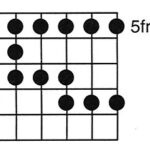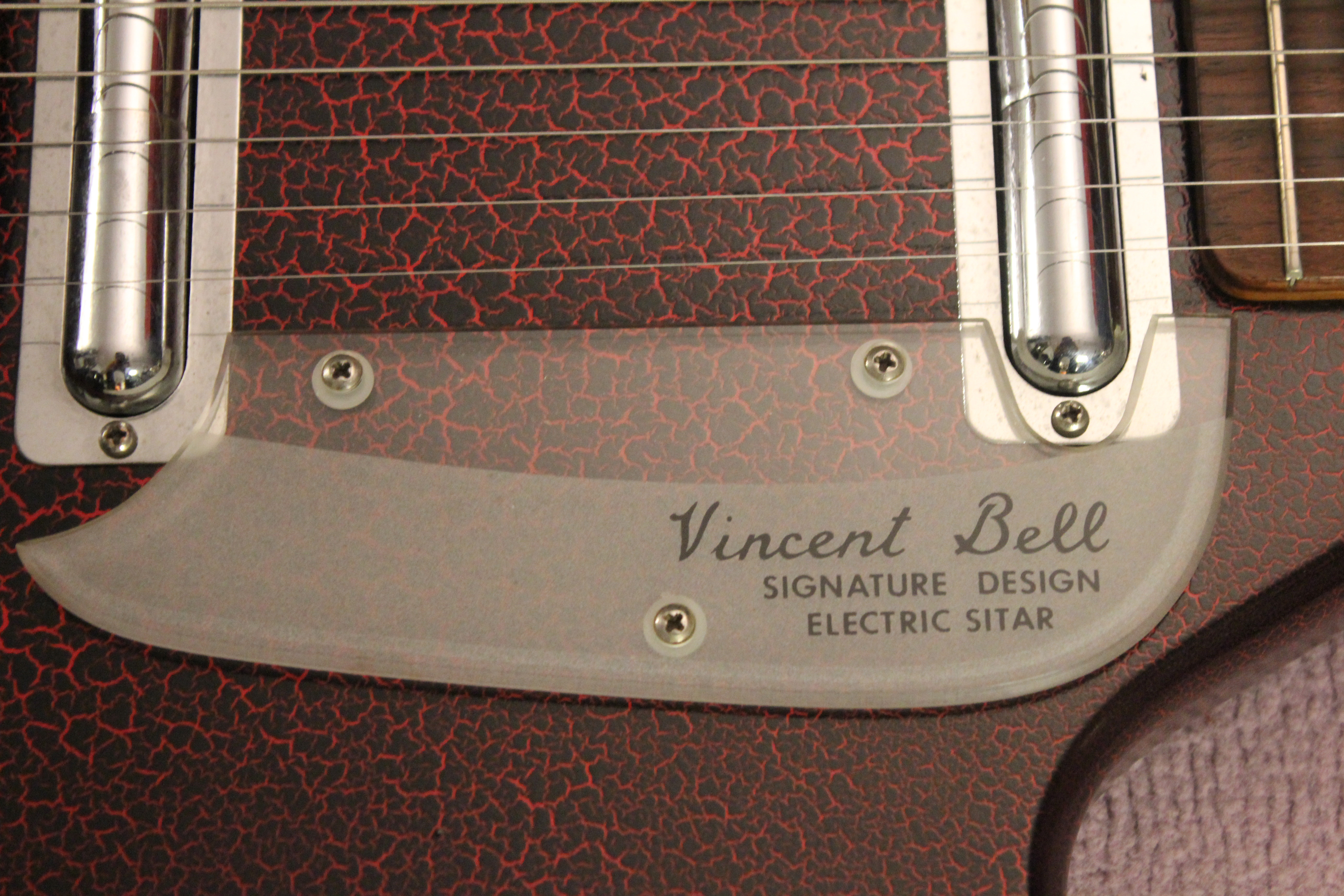 Close-up of a Coral Electric Sitar Guitar showcasing its unique "Bombay Red" finish and distinctive shape
Close-up of a Coral Electric Sitar Guitar showcasing its unique "Bombay Red" finish and distinctive shape
“Today’s ‘IN’ Sound!” That’s what the 1967 ad proclaimed, and stepping into the world of the Electric Sitar Guitar, it’s easy to see why. Even decades later, this instrument exudes a unique, groovy vibe that transports you back to the psychedelic era. Buried within collections of vintage guitars, like those of Dano, lies this fascinating and somewhat enigmatic instrument: the electric sitar. While perhaps not as ubiquitous as other electric guitars, the electric sitar, particularly the Coral Sitar, holds a special place in guitar history, offering a distinctive sonic palette unlike anything else. Its textured “Bombay Red” finish, peculiar shape, and those intriguing extra strings immediately capture attention, sparking curiosity about their purpose and the sounds they create. It’s time to delve into the world of these scarce and captivating guitars, or perhaps more accurately, sitars, and shed some light on their history and unique sonic character.
The Coral Electric Sitar: Pioneering a New Sound
 Front view of a Coral Electric Sitar Guitar highlighting its six main strings and additional drone strings
Front view of a Coral Electric Sitar Guitar highlighting its six main strings and additional drone strings
The Coral Electric Sitar holds the distinction of being the first of its kind, emerging from the collaboration between Danelectro and Vincent Bell. This innovative instrument surfaced during a transitional period for Danelectro, around the time MCA acquired the company, shortly before its closure. However, in 1967, the spirit of innovation was still alive, and the electric sitar felt like the beginning of an exciting new sonic direction. Central to the electric sitar’s unique sound is the distinctive “SITARMATIC” bridge. This ingeniously designed bridge is the key to replicating the characteristic buzzing, sitar-like tone. Adding to the instrument’s sonic complexity are the additional strings, known as drone or sympathetic strings. These strings are intended to vibrate sympathetically with the main strings, creating a droning resonance that enriches the overall sound. Remarkably, these drone strings even have their own dedicated pickup, further contributing to the instrument’s sonic depth. All these patented innovations were the property of Danelectro/MCA, and legend has it that a left-handed electric sitar was even crafted for Jimi Hendrix, although its existence remains debated among collectors.
Construction and Design: Danelectro DNA with a Sitar Twist
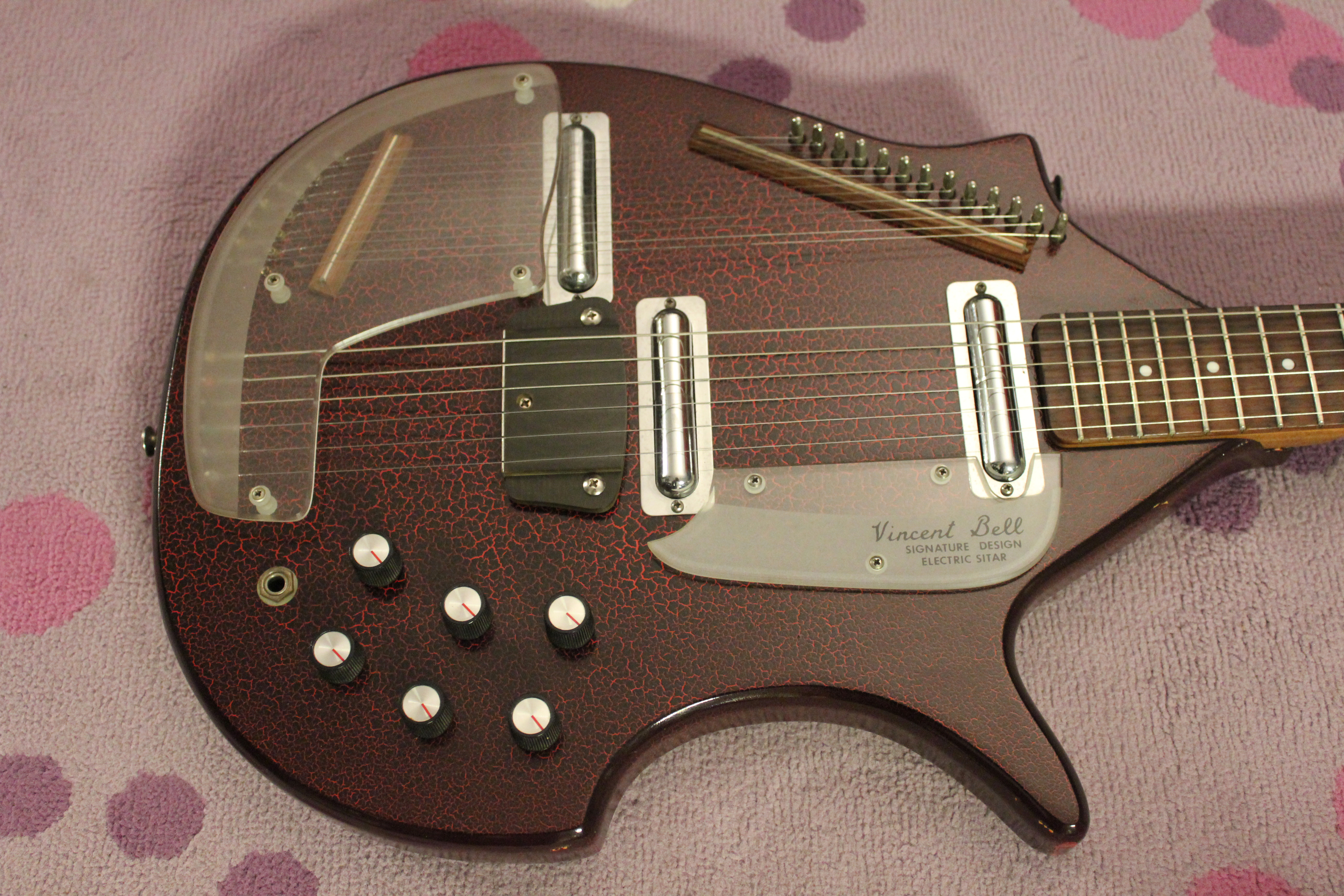 Close-up of the headstock and tuning pegs of a Coral Electric Sitar Guitar, showcasing its vintage hardware
Close-up of the headstock and tuning pegs of a Coral Electric Sitar Guitar, showcasing its vintage hardware
In terms of construction, the Coral Electric Sitar largely adhered to Danelectro’s established methods. The body, a hallmark of Danelectro guitars, utilized masonite boards layered over a pine frame. This construction technique contributed to the guitar’s unique tonal characteristics and lightweight feel. The tuners were reliable Kluson models, known for their quality and tuning stability. For tonal control, the instrument featured a volume and tone knob for each of the three lipstick pickups, a signature element of many Danelectro guitars. While the list price of just under $300 in the 1960s might have seemed considerable at the time, the current market value of these instruments tells a different story. Today, Coral Electric Sitars are highly sought after by collectors and command significant prices, reflecting their rarity and unique place in guitar history. To gain more insight into the acquisition of this particular Coral Sitar, the story continues with Dano himself recounting his experience:
“I came across the Coral in Los Angeles when I was living there, around 1990 or 1991. It was priced at $1000 at a music store called Waldo’s. I believe the store was in Hollywood, possibly on Sunset Boulevard. The owner was an incredibly cool and kind person, a real gem in LA. I would spend entire days there, asking countless questions, simply because he was such a welcoming and nice guy.”
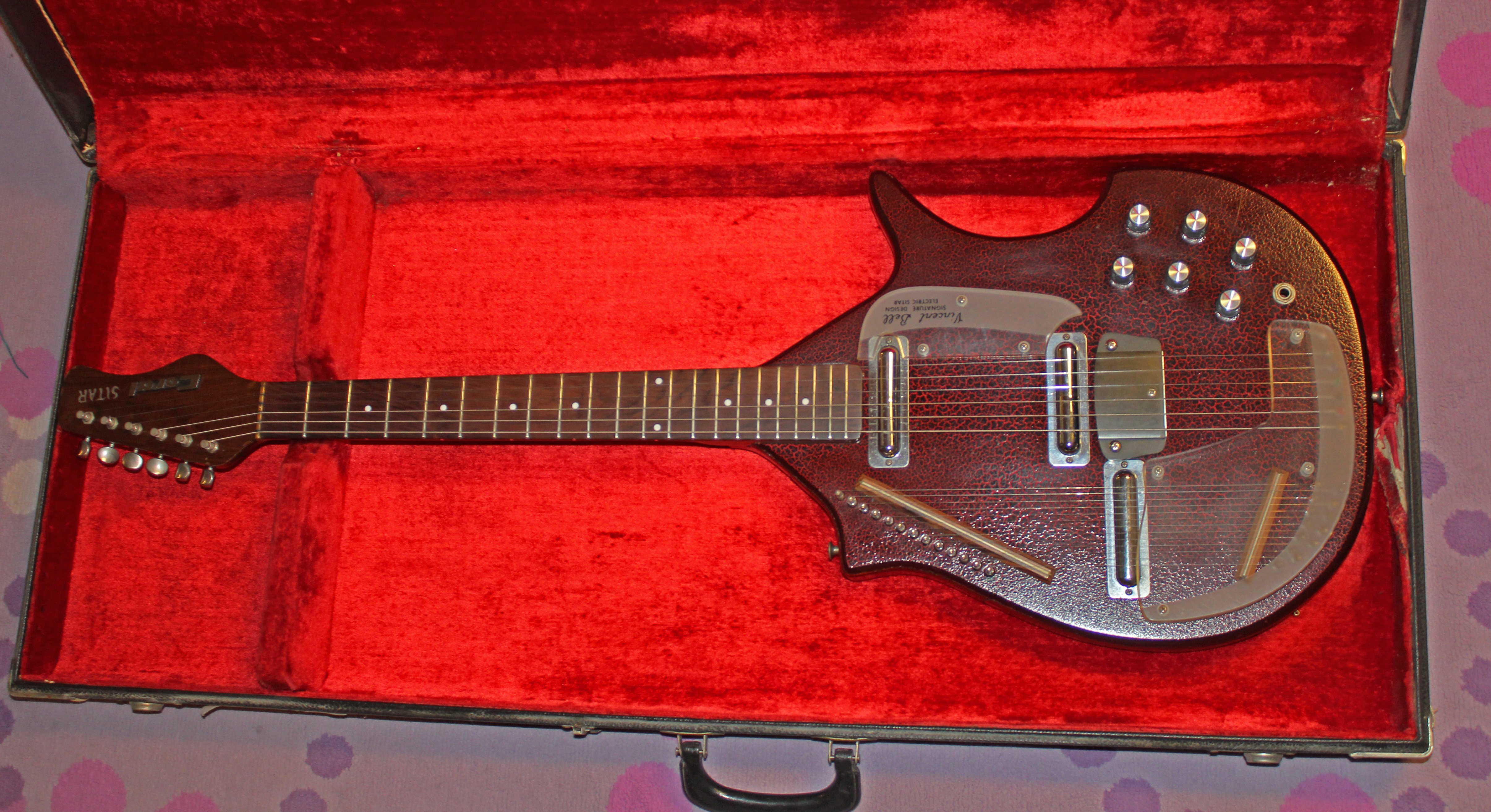 Dano holding a Coral Electric Sitar Guitar in a music store, showcasing its unique body shape
Dano holding a Coral Electric Sitar Guitar in a music store, showcasing its unique body shape
“His shop was a treasure trove of unique and unusual guitars, particularly Danelectros and other quirky instruments. It wasn’t your typical store filled with just Fenders and Gibsons. To purchase the Sitar, I had to put it on lay-away, making monthly payments. Waldo’s became a regular haunt for me, where I would try to learn songs on the electric sitar. The first song I managed to play was ‘Hooked on a Feeling’ by B.J. Thomas.”
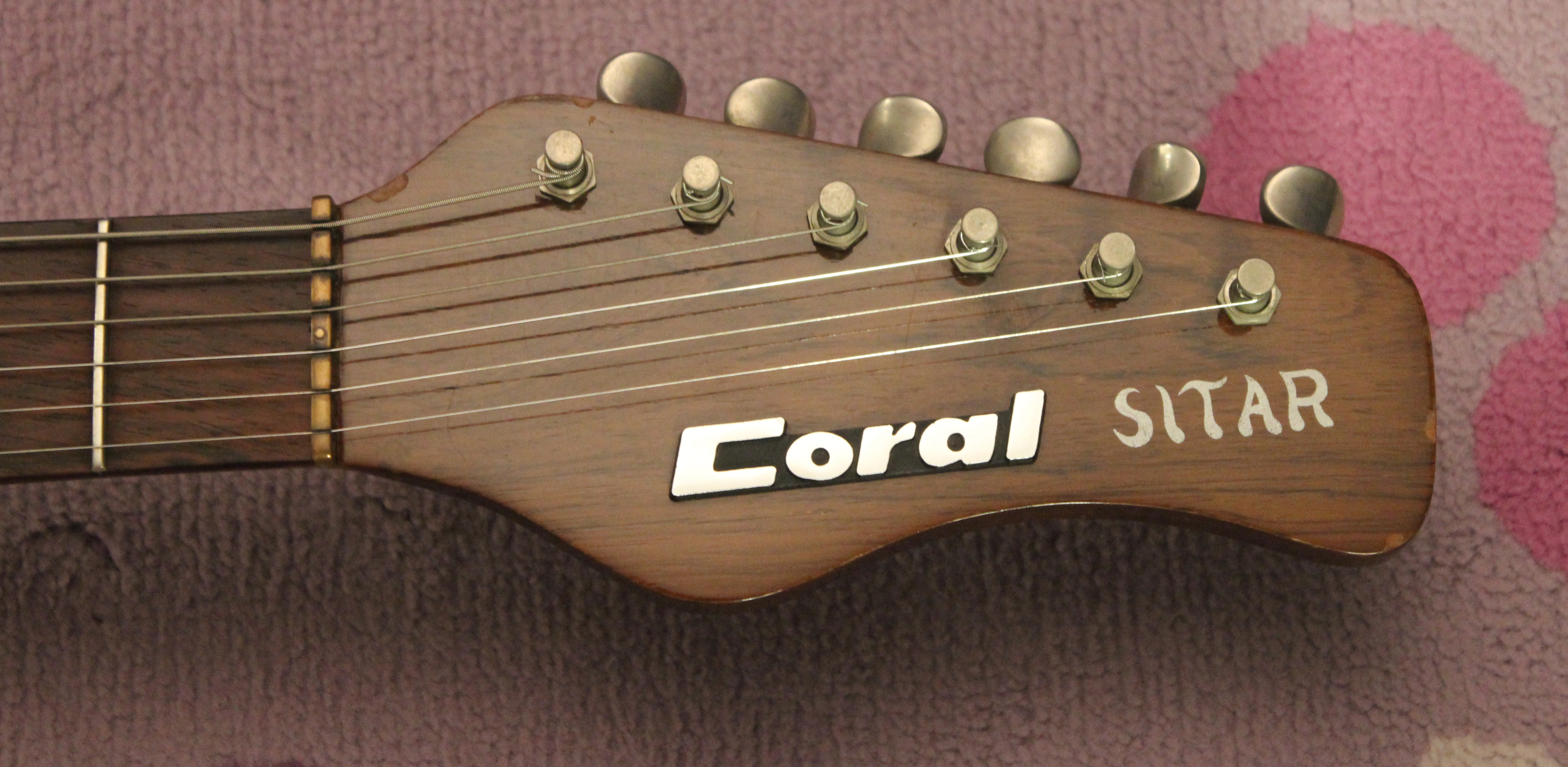 Close-up of hands playing a Coral Electric Sitar Guitar, focusing on the fretboard and strings
Close-up of hands playing a Coral Electric Sitar Guitar, focusing on the fretboard and strings
“I vividly remember being on the verge of making the final payment for the Sitar, but I was financially stretched. It came down to a choice between paying my rent in West Hollywood or finally owning the Sitar. Well, the Sitar won! I ended up getting evicted and moved in with my girlfriend, electric sitar in tow! Making that last payment was an incredibly satisfying moment!”
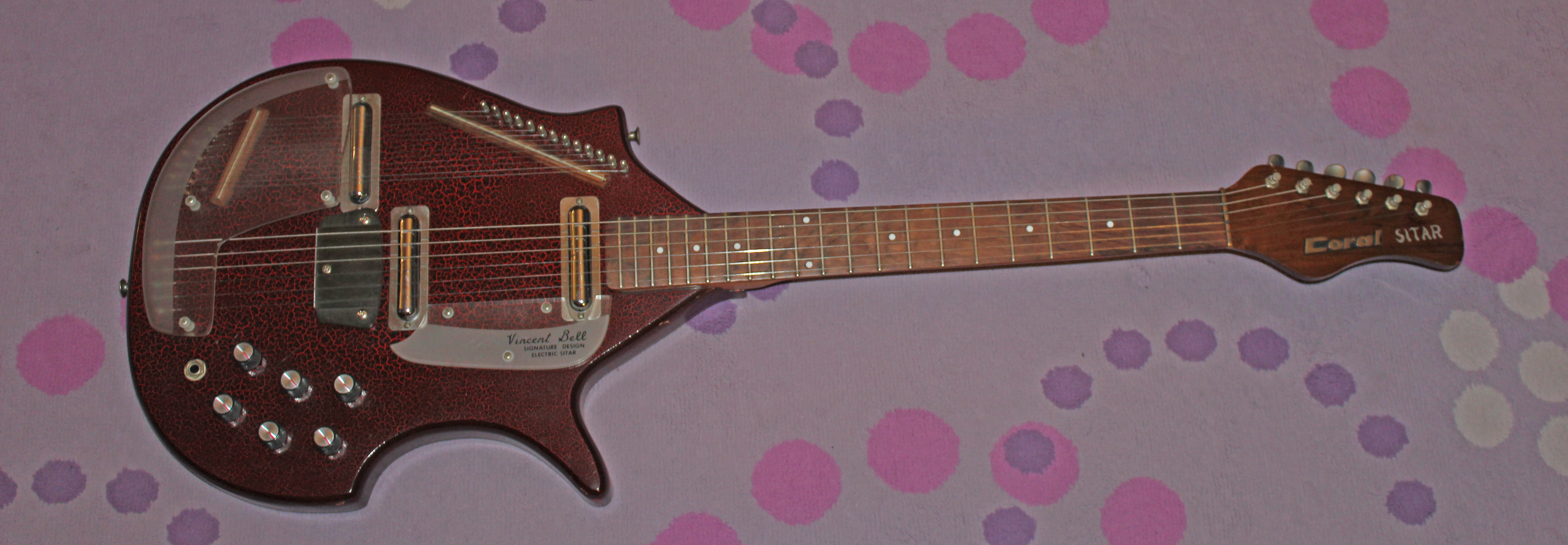 Profile view of a Coral Electric Sitar Guitar in its case, highlighting its slim body
Profile view of a Coral Electric Sitar Guitar in its case, highlighting its slim body
“This particular Sitar was made in 1967. Both electric sitar models produced at the time weren’t commercially successful initially. However, I had always been captivated by the sitar sound from records and yearned to own one. I recognized the sound in songs like ‘Signed, Sealed, Delivered’ by Stevie Wonder, and also in ‘Cry Like a Baby.’ Every time I visited Waldo’s to make a payment, I was completely mesmerized by its distinctive sound.”
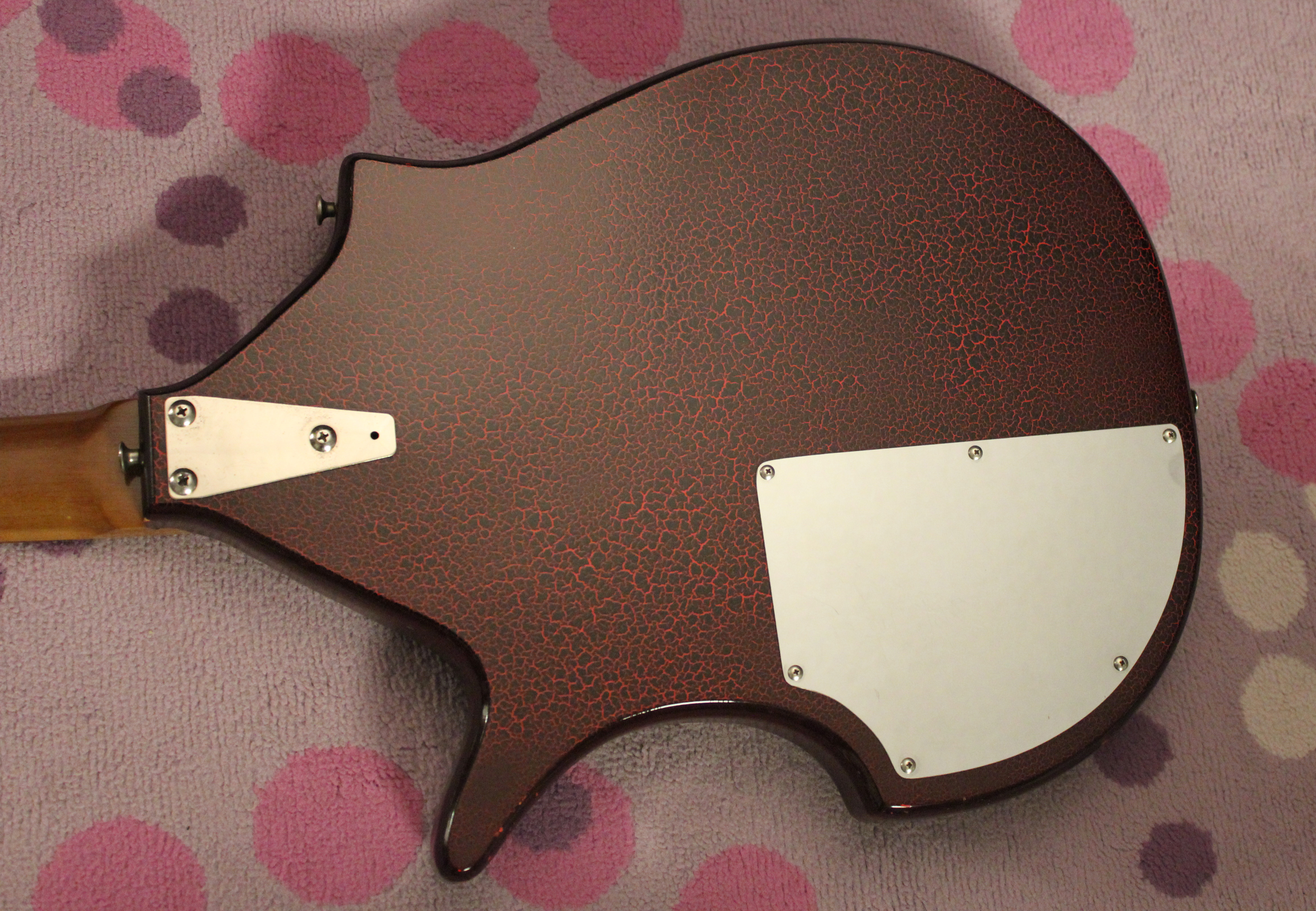 Detail of the Sitarmatic bridge on a Coral Electric Sitar Guitar, showing the buzzing mechanism
Detail of the Sitarmatic bridge on a Coral Electric Sitar Guitar, showing the buzzing mechanism
“The electric sitar’s sound is largely attributed to that unique bridge. Because the strings lack a sharp take-off point, it produces a buzzing or rattling sound, characteristic of a traditional sitar. The sympathetic strings, in this electric version, are less impactful due to their shorter length, which limits their full resonant potential.”
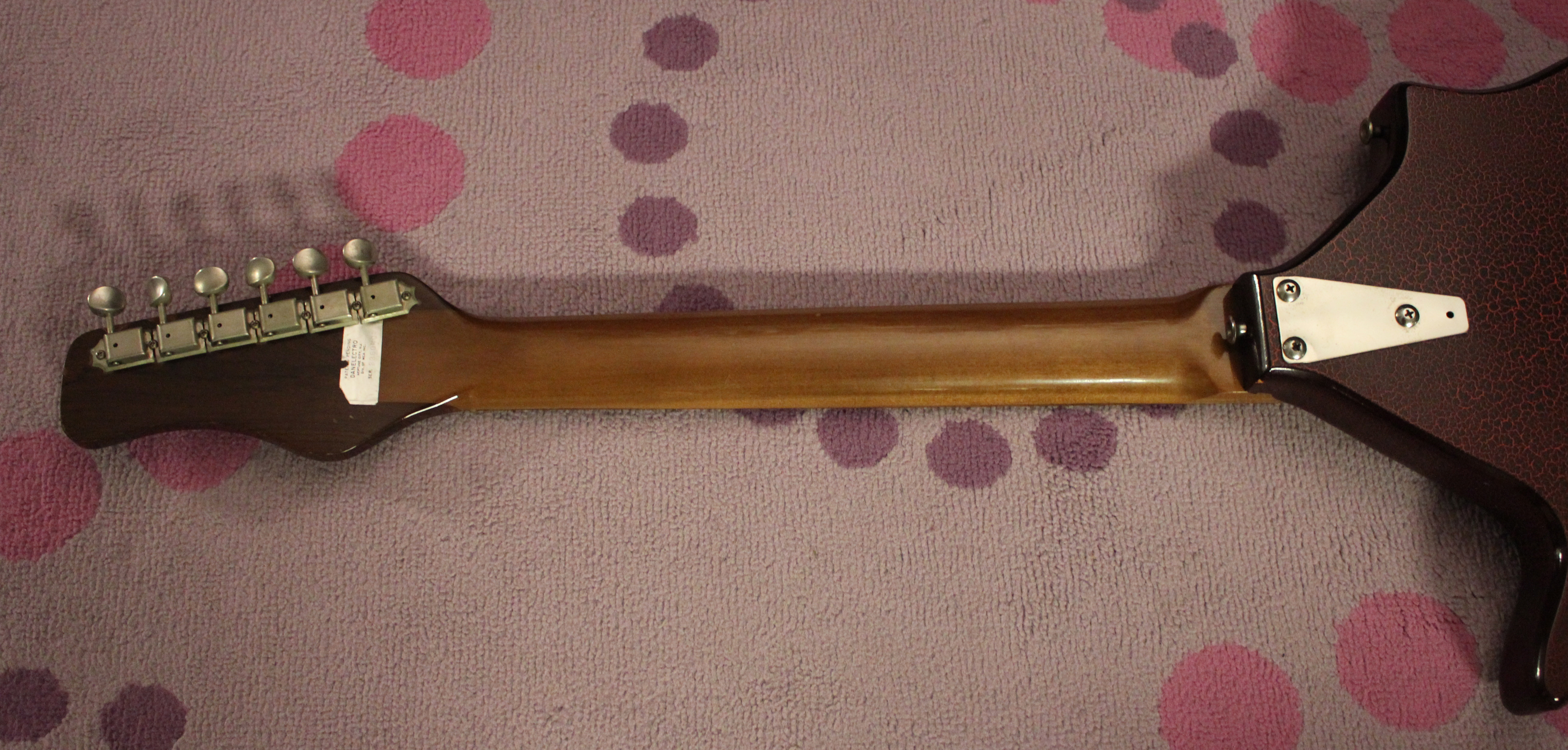 Side view of a Coral Electric Sitar Guitar, showing its body contours and hardware
Side view of a Coral Electric Sitar Guitar, showing its body contours and hardware
“The setup of the instrument was surprisingly good, although it did require a refret as the original frets were quite low. While many Coral guitars utilized jumbo frets, for some reason, many Coral sitars seemed to have frets with a lower profile. Overall, the guitar is well-balanced and comfortable to play.”
 Close-up of the pickups and controls on a Coral Electric Sitar Guitar, emphasizing its electronic components
Close-up of the pickups and controls on a Coral Electric Sitar Guitar, emphasizing its electronic components
“Shortly after acquiring the Coral Sitar, I moved back to Pennsylvania and began incorporating it into my band’s performances. Many local musicians were absolutely astonished when I unveiled it from its case!”
Inspired by Dano’s captivating electric sitar story, Mike Dugan was invited to explore the instrument and share his playing experience. Despite never having played an electric sitar before, Mike quickly embraced the challenge. After a brief YouTube tutorial session to learn some basic sitar riffs, Mike, within minutes, was able to play songs like “Monterey” by The Animals, “Cry Like a Baby” by The Box Tops, and even “Norwegian Wood” by The Beatles. The result was a spontaneous and engaging demo session captured on video.
Watch the demo below to experience the unique sounds of the Coral Electric Sitar guitar in action!
Share this:
Like Loading…

